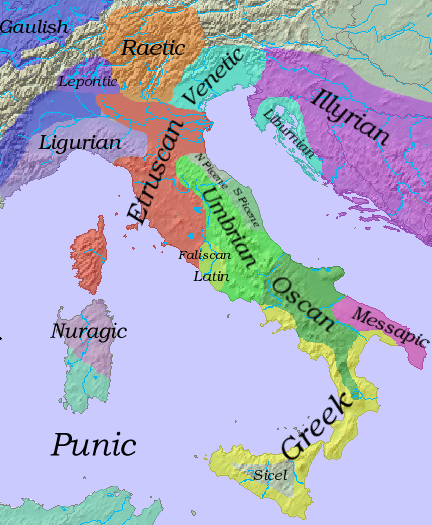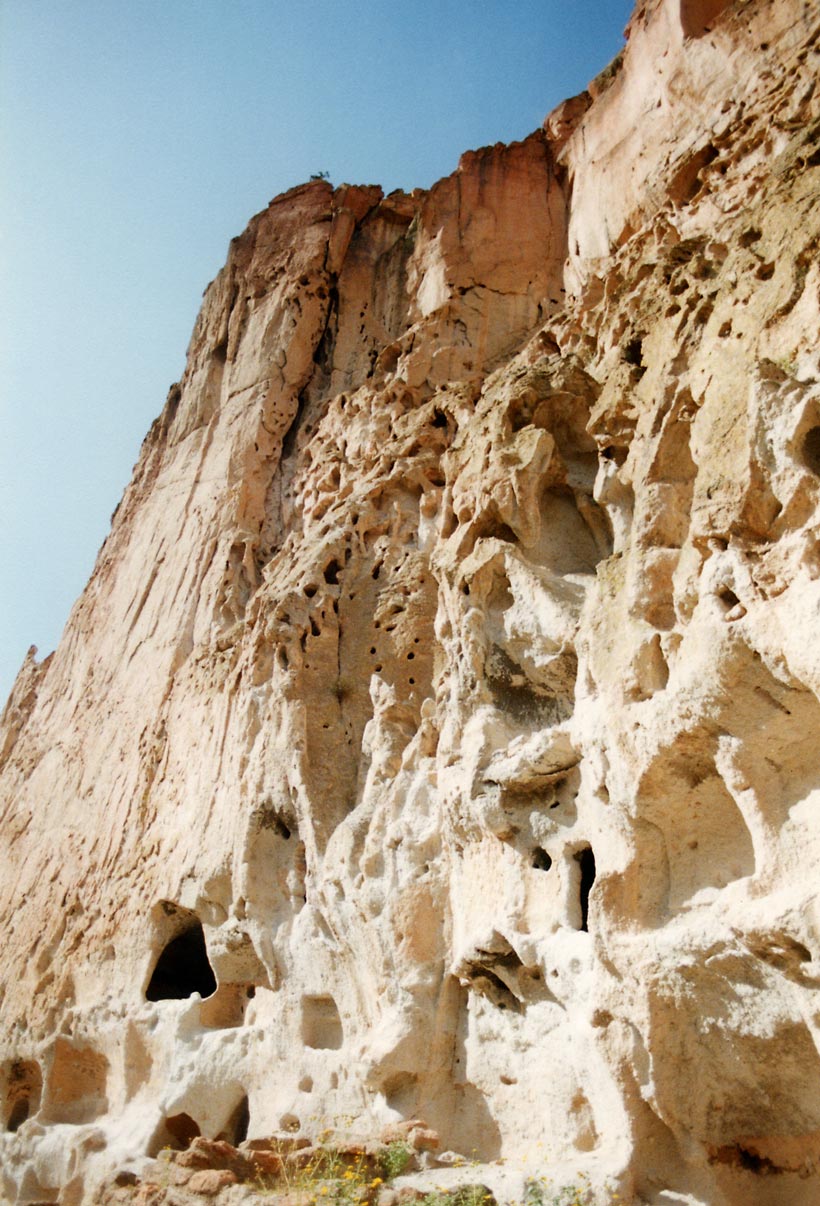|
Capena
Capena (until 1933 called Leprignano) is a town and ''comune'' in the Metropolitan City of Rome, Lazio region (central Italy). The town has borrowed its modern name from a pre-Roman and Roman settlement that was to its north. Geography Capena is located north of Rome (as the crow flies), above the valley of the Tiber. The old quarter stands on a hill overlooking the valley of the Fosso di Morlupo to the west, while the modern district extends into the eastern plain. The neighbouring towns are Castelnuovo di Porto, Civitella San Paolo, Fiano Romano, Monterotondo, Morlupo and Rignano Flaminio. History Ancient era The original Capena occupied the plateau of a nowadays uninhabited hill called La Civitucola, which is about northeast of a post station on the ancient ''Via Flaminia''. Its territory was known in ancient times as the ''Ager Capenas'', which was a Faliscan area adjacent (and culturally allied) to Etruria. It is frequently mentioned alongside of Veii, Falerii an ... [...More Info...] [...Related Items...] OR: [Wikipedia] [Google] [Baidu] [Amazon] |
Falerii
Falerii is a village in the municipality of Fabrica di Roma in the Province of Viterbo, Italy. Its name is better known for two nearby ancient cities, '' Falerii Veteres'' (old Falerii) and '' Falerii Novi'' (new Falerii). ''Falerii Veteres'', now Civita Castellana, was one of the chief cities of the ''duodecim populi'' of ancient Etruria. The site is about 2 km west of the course of the Via Flaminia, some 50 km north of Rome. It was the main city of the Falisci, a people whose language was Faliscan and was part of the Latino-Faliscan language group. The Ager Faliscus (Faliscan Country), which included the towns of Capena, Nepet, and Sutrium, was close to the Monti Cimini. Location The site of the original Falerii is a plateau, about 1100 × 400 m, not higher than the surrounding country (140 m) but separated from it by gorges over 60 m in depth, and only connected with it on the western side, which was strongly fortified with a mound and ditch. T ... [...More Info...] [...Related Items...] OR: [Wikipedia] [Google] [Baidu] [Amazon] |
Falisci
The Falisci were an Italic peoples, Italic tribe who lived in what is now northern Lazio, on the Etruscan side of the Tiber River. They spoke an Italic languages, Italic language, Faliscan language, Faliscan, closely related to Latin. Originally a sovereign state, politically and socially they supported the Etruscan civilization, Etruscans, joining the Etruscan League. This conviction and affiliation led to their ultimate near destruction and total subjugation by Rome. Only one instance of their own endonym has been found to date: an inscription from Falerii Novi from the late 2nd century AD refers to the ', "the Faliscans who are in Sardinia", where ' is the nominative plural case. An Etruscan inscription calls them the '. The Latin cannot be far different from the original name. The -sc- suffix is "distinctive of the Italic ethnonyms". Geography The Falisci resided in a region called by the Romans the ', "Faliscan Country", located on the right bank of the Tiber River betwe ... [...More Info...] [...Related Items...] OR: [Wikipedia] [Google] [Baidu] [Amazon] |
Fiano Romano
Fiano Romano is a town and ''comune'' (municipality) in the Metropolitan City of Rome, Italy, approximately north of the city. Fiano Romano borders the following municipalities: Capena, Civitella San Paolo, Montelibretti, Montopoli di Sabina, Nazzano. Etymology There are multiple hypotheses about the origin of the name Fiano: * According to some, the toponym could originally be derived from both the root of the Latin word ''Flavus'' (yellow, blond), with evident reference to the production of cereals grown or visible in the place; both from the reference to the possessions that the Flavia gens, gens Flavia had in the area (from ''Flaiano'', composed of the Latin personal name ''Flavius'' and the suffix "''anus''" which indicates belonging). * In Virgil's descriptions of the people who inhabited the Falisci, Faliscan Capenate territory in prehistoric times, the reference to the ''Flavini'' fields appears; while in the texts of Silio Italico reference is made to Flavina or "''of th ... [...More Info...] [...Related Items...] OR: [Wikipedia] [Google] [Baidu] [Amazon] |
Lucus Feroniae
Lucus Feroniae was an ancient sanctuary or, literally sacred grove (''"lucus"''), dedicated to the Sabine goddess Feronia, protector of freedmen, ex-slaves. It was located near to the ancient town of Feronia in Etruria on the ancient Via Tiberina, in what is now the territory of the modern commune of Capena, Lazio. It was partially excavated when the A1 Rome-Milan motorway which crosses it was built, and the archaeological site is adjacent to that of the ancient Roman Villa dei Volusii. The sanctuary was located near the later port on the Tiber, facing the Sabine settlement of Cures nearby. Later the forum was built on its south side. History According to tradition it was a Faliscan colony. In the time of Tullus Hostilius (r.672–640 BC) it was visited both by Latins and Sabines even though it was in Etruria. In the 3rd c. BC, the most famous religious festivities in Italy took place here, with great yearly gatherings of worshippers and excavations have shown that th ... [...More Info...] [...Related Items...] OR: [Wikipedia] [Google] [Baidu] [Amazon] |
Veii
Veii (also Veius; ) was an important ancient Etruscan city situated on the southern limits of Etruria and north-northwest of Rome, Italy. It now lies in Isola Farnese, in the comune of Rome. Many other sites associated with and in the city-state of Veii are in Formello, immediately to the north. Formello is named after the drainage channels that were first created by the Veians. Veii was the richest city of the Etruscan League. It was alternately at war and in alliance with the Roman Kingdom and later Republic for over 300 years. It eventually fell in the Battle of Veii to Roman general Camillus's army in 396 BC. Veii continued to be occupied after its capture by the Romans. The site is now a protected area, part of the Parco di Veio established by the regional authority of Lazio in 1997. Site City of Veii The city of Veii lies mainly on a tuff plateau in area. The Valchetta flows a few miles eastward to join the Tiber River on the south side of Labaro al ... [...More Info...] [...Related Items...] OR: [Wikipedia] [Google] [Baidu] [Amazon] |
Civitella San Paolo
Civitella San Paolo is a ''comune'' (municipality) in the Metropolitan City of Rome in the Italian region of Lazio, located about north of Rome. Physical geography Territory The municipal territory of Civitella San Paolo borders the municipalities of Capena to the south, Fiano Romano to the east, Sant'Oreste and Rignano Flaminio to the west, and Ponzano Romano and Nazzano to the north. It is about forty-five kilometers from Rome Rome (Italian language, Italian and , ) is the capital city and most populated (municipality) of Italy. It is also the administrative centre of the Lazio Regions of Italy, region and of the Metropolitan City of Rome. A special named with 2, ..., ten from Capena, and seven from Fiano Romano. The territory, mainly hilly, reaches its maximum altitude with the 288 m of the hill of ''Monte Cucolo''. References Cities and towns in Lazio {{Latium-geo-stub ... [...More Info...] [...Related Items...] OR: [Wikipedia] [Google] [Baidu] [Amazon] |
Rignano Flaminio
Rignano Flaminio is a (municipality) in the Metropolitan City of Rome in the Italian region of Latium, about north of Rome. It is across the Via Flaminia. Rignano Flaminio borders the municipalities of Calcata, Capena, Civitella San Paolo, Faleria, Magliano Romano, Morlupo, and Sant'Oreste. It has a station on the Roma-Viterbo railway. History Agricultural settlements of the Capenati and Falisci in the area are attested from the 5th or 4th centuries BC. In the 6th century AD a popular pilgrimage church, entitled to St. Abondius and Abondantius, was created here; the saints' relics were moved to Rome, on the Tiber Island, in 999. In 1159 Pope Adrian IV died at Rignano. Rignano was first a possession of Santa Maria in Trastevere and then of the Savelli family, who were shortly ousted by Pope Alexander VI. After the fall of the Borgia, the Savelli regained it and held the fief until 1607, when they sold it to the Borghese The House of Borghese ( , ) is a family of Ita ... [...More Info...] [...Related Items...] OR: [Wikipedia] [Google] [Baidu] [Amazon] |
Morlupo
Morlupo () is a (municipality) in the Metropolitan City of Rome Capital, in the Italian region of Latium, located about north of Rome. Morlupo borders the following municipalities: Capena, Castelnuovo di Porto, Magliano Romano, Rignano Flaminio Rignano Flaminio is a (municipality) in the Metropolitan City of Rome in the Italian region of Latium, about north of Rome. It is across the Via Flaminia. Rignano Flaminio borders the municipalities of Calcata, Capena, Civitella San Paolo, .... References External links Official website Cities and towns in Lazio {{Latium-geo-stub ... [...More Info...] [...Related Items...] OR: [Wikipedia] [Google] [Baidu] [Amazon] |
Benedictine
The Benedictines, officially the Order of Saint Benedict (, abbreviated as O.S.B. or OSB), are a mainly contemplative monastic order of the Catholic Church for men and for women who follow the Rule of Saint Benedict. Initiated in 529, they are the oldest of all the religious orders in the Latin Church. The male religious are also sometimes called the Black Monks, especially in English speaking countries, after the colour of their habits, although some, like the Olivetans, wear white. They were founded by Benedict of Nursia, a 6th-century Italian monk who laid the foundations of Benedictine monasticism through the formulation of his Rule. Benedict's sister, Scholastica, possibly his twin, also became a religious from an early age, but chose to live as a hermit. They retained a close relationship until her death. Despite being called an order, the Benedictines do not operate under a single hierarchy. They are instead organized as a collection of autonomous monasteries ... [...More Info...] [...Related Items...] OR: [Wikipedia] [Google] [Baidu] [Amazon] |
Tuff
Tuff is a type of rock made of volcanic ash ejected from a vent during a volcanic eruption. Following ejection and deposition, the ash is lithified into a solid rock. Rock that contains greater than 75% ash is considered tuff, while rock containing 25% to 75% ash is described as ''tuffaceous'' (for example, ''tuffaceous sandstone''). A pyroclastic rock containing 25–75% volcanic bombs or volcanic blocks is called tuff breccia. Tuff composed of sandy volcanic material can be referred to as volcanic sandstone. Tuff is a relatively soft rock, so it has been used for construction since ancient times. Because it is common in Italy, the Romans used it often for construction. The Rapa Nui people used it to make most of the ''moai'' statues on Easter Island. Tuff can be classified as either igneous or sedimentary rock. It is usually studied in the context of igneous petrology, although it is sometimes described using sedimentological terms. Tuff is often erroneously called t ... [...More Info...] [...Related Items...] OR: [Wikipedia] [Google] [Baidu] [Amazon] |






